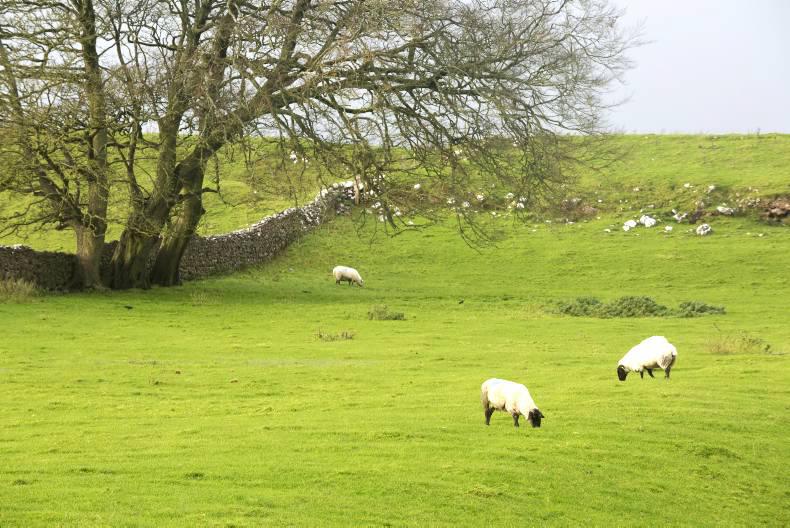I am aware that I am involved in animal production and thus biased, and that many of the vegans among you will be sharpening your lettuce knives already. However, this article is not an attack on the vegan culture. Both sides must be drawn from before a conclusion is made on any issue.
Certain missiles, however, must be fired. Shoddy, childish, petulant advertising boards have begun to appear in our urban areas.
The slogan “Dairy: takes babies from their mothers” accompanied by a picture of a calf is such an example. To humanise this scenario is ignorant and represents the last desperate attempt by certain groups to affect public opinion.
Welfare and wellbeing can be measured quite easily. An unfathomable body of research has led to the standards placed on producers today. A stressed, or upset, animal will not produce in an economical way for a farmer. The most intensive farms are arguably where welfare standards are the highest – their very existence is dependent on content animals. My own article last week is an example of how a compromised animal is not economical. If all of my animals were like this, my farm would not exist. The animal’s injuries were inflicted accidentally, by her own mother and our intervention ultimately saved her life.
Furthermore, agricultural animals would not survive were it not for farmers. If we were to cease production and fling open the gates, it would be akin to the withdrawal of medical care for humans. They have evolved, like us, to exist based on what their surroundings have to offer.
Yes, health-conscious vegans are right – certain meat products are relatively less healthy than non-animal protein sources. However, it is incorrect to characterise beef, lamb or pork as wholly unhealthy. There are dozens of cuts and joints produced from such animals. To place a tenderloin of beef in the same bracket as ground minces is like comparing a BMW with a Honda 50.
Justification
Furthermore, much of the justification for avoiding animal products was based on their fat content – an argument which strengths have been diluted in recent years, with sugars now deemed the principle dietary demon.
Some vegan protein sources are expensive and thus unrealistic as staples on the plates of many. But the simplicity and lack of preparation required to consume many vegan protein sources gives them the edge over all animal products. As someone who engages in sports, I would welcome with open arms a world where vegan proteins were cheap and readily available to scoff straight from the supermarket shelf.
Many are unaware of where these protein sources originate. Quinoa was once the Andean staple grain. The delicious irony is that they now cannot afford it because of increased global demand. In Lima, quinoa now costs more than chicken. Asparagus is also mass-produced in Peru. With production concentrated to certain regions, producing the water-thirsty vegetable has led to a depletion in water resources on which local people depend. NGOs report that asparagus labourers toil in sub-standard conditions and cannot afford to feed their families. Animal cruelty, what of human cruelty? The production of soya bean, a popular substitute for dairy products, is one of the leading causes of deforestation in South America. Deforestation destroys animal habitats.
Leading a life without animal products also means no leather seats in one’s Mercedes, no plastic bags, fireworks, plywood, nail polish, tools, candles, toothpaste, paint, cologne or perfume, shampoo, deodorant, tyres, soap, computers, beer or sweets, among others. Obviously, there are some exceptions, albeit expensive ones.
Unlike some, I am not aiming for a mass revolt against carrots or queues outside the local steakhouse. One’s beliefs are entirely their own choice.
We live in a world of harsh realities – be aware of them before blackening another’s name.






 This is a subscriber-only article
This is a subscriber-only article










SHARING OPTIONS: